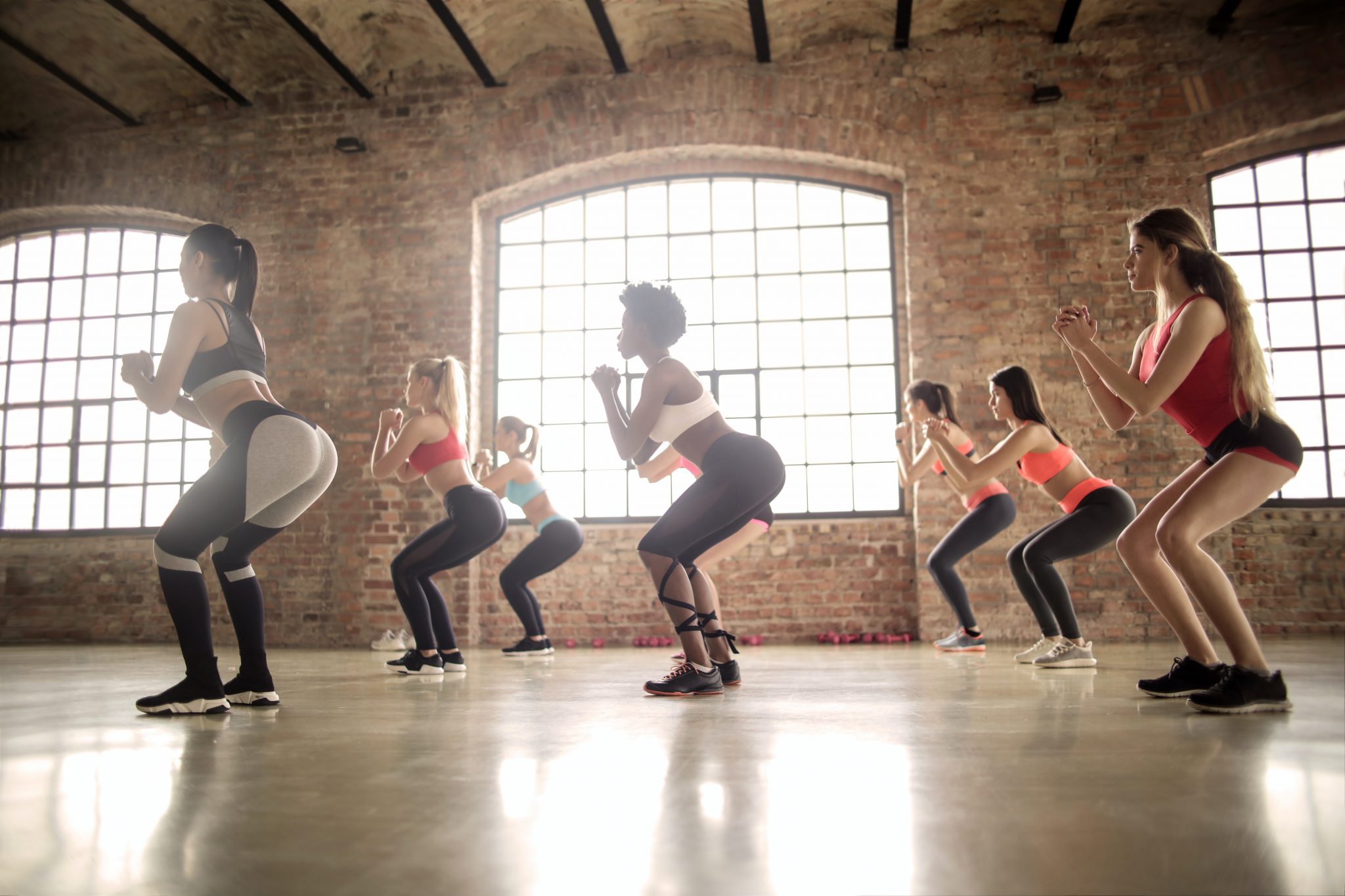The Origin of Zumba
Zumba classes have been a must for people looking for an exciting way to shed pounds and improve their health and wellness. Undergoing Zumba training is fun and exhilarating, and it’s kind of hard to remember it not being around.
But when did Zumba actually become a thing? Zumba has a close connection to the type of music that you usually hear playing in the background, which is Latin. Keep reading to learn more about the origin of Zumba and how a happy accident became a multi-million dollar empire.
Top Fitness Courses
Meet Amphy
The largest marketplace for live
classes, connecting and enriching
humanity through knowledge.




